Chickenpox is a highly contagious disease caused by the varicella zoster virus (VZV). Symptoms often begin with a skin rash on the body and head which becomes itchy. These ‘pockmarks’ usually heal without scarring.
This airborne disease is spread through coughs, sneezes and direct contact with the rash and small blisters. A person who contracts chickenpox is infectious from two days before and up to seven days after the rash appears. It can take between 10 and 21 days after contact with an infected person for someone to develop symptoms.
It is rarely fatal but can cause discomfort and serious complications such as pneumonia and encephalitis (swelling of the brain). Adults and older children infected by the varicella zoster virus usually get sicker than younger children do. The disease can be especially severe in people with immune problems.
The same virus also causes herpes zoster (shingles) in adults and elderly. After you get chickenpox in childhood, the virus remains inactive (becomes dormant) for many years or decades in certain nerves in the body. Shingles can occur after the virus becomes active again in these nerves because of progressing age or because of an underlying medical condition weakening the immune system.
Is it preventable?
Yes. A varicella vaccine is available, although some countries do not include it in their national childhood vaccination schedule.
Find out more about your national vaccination schedule by clicking here.




